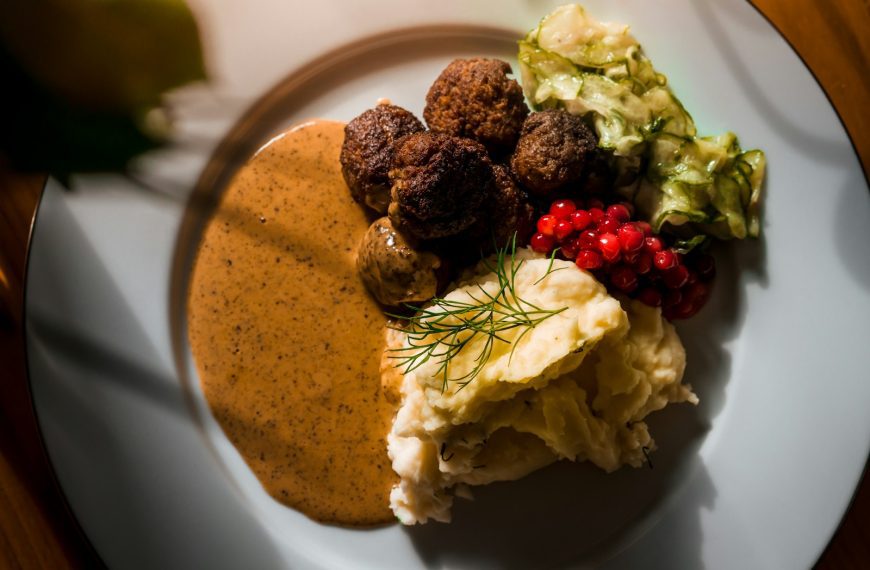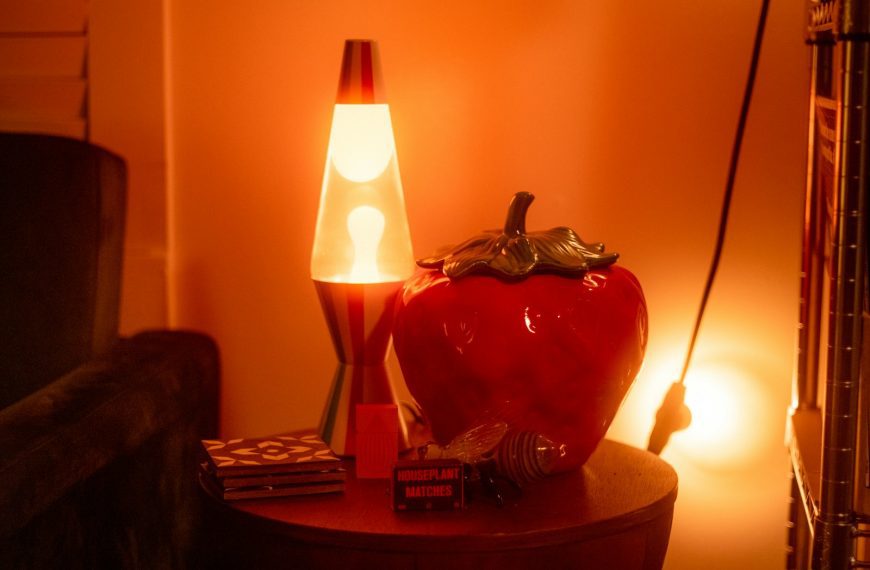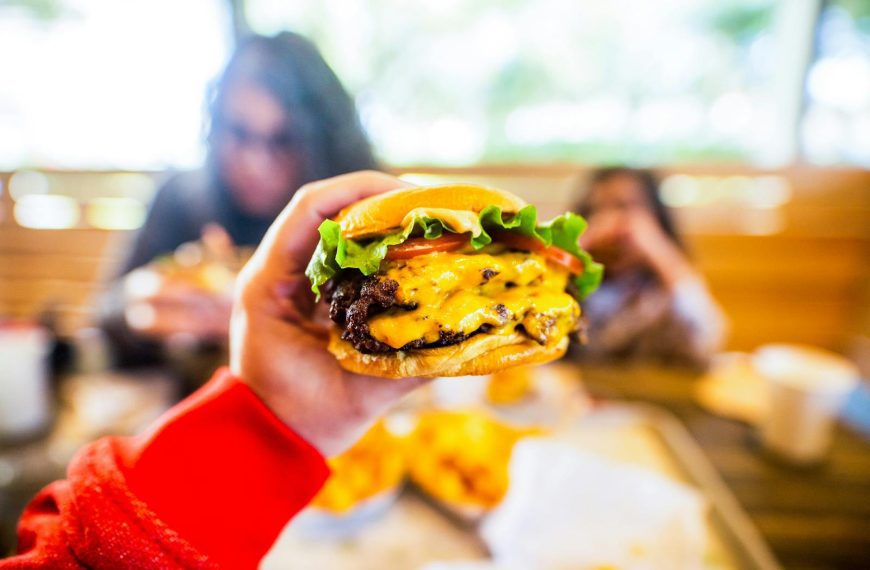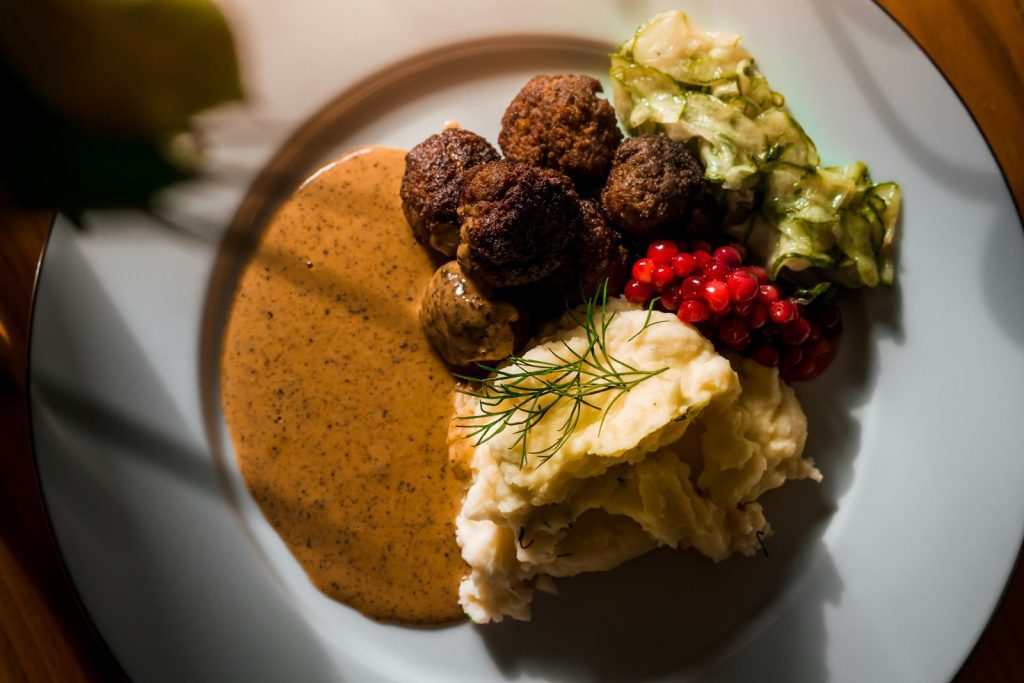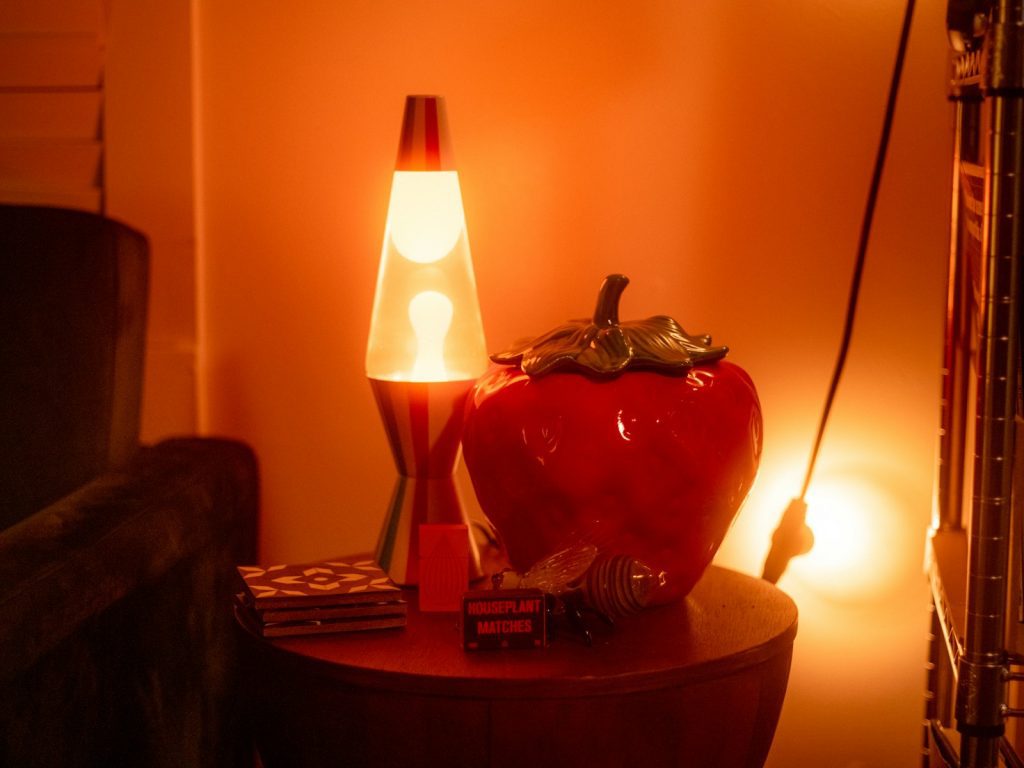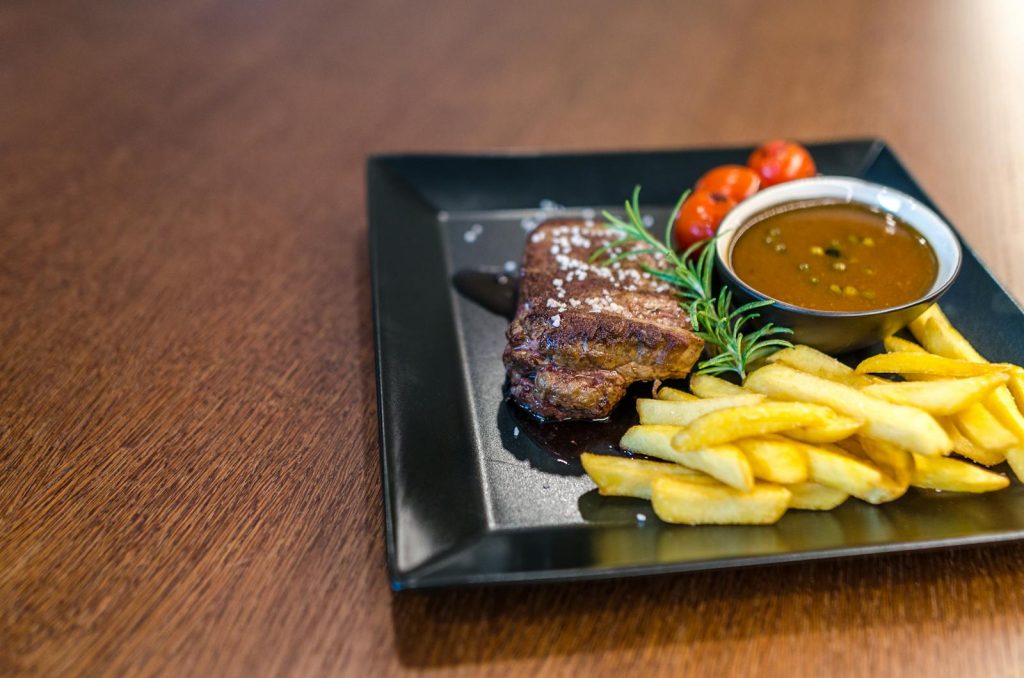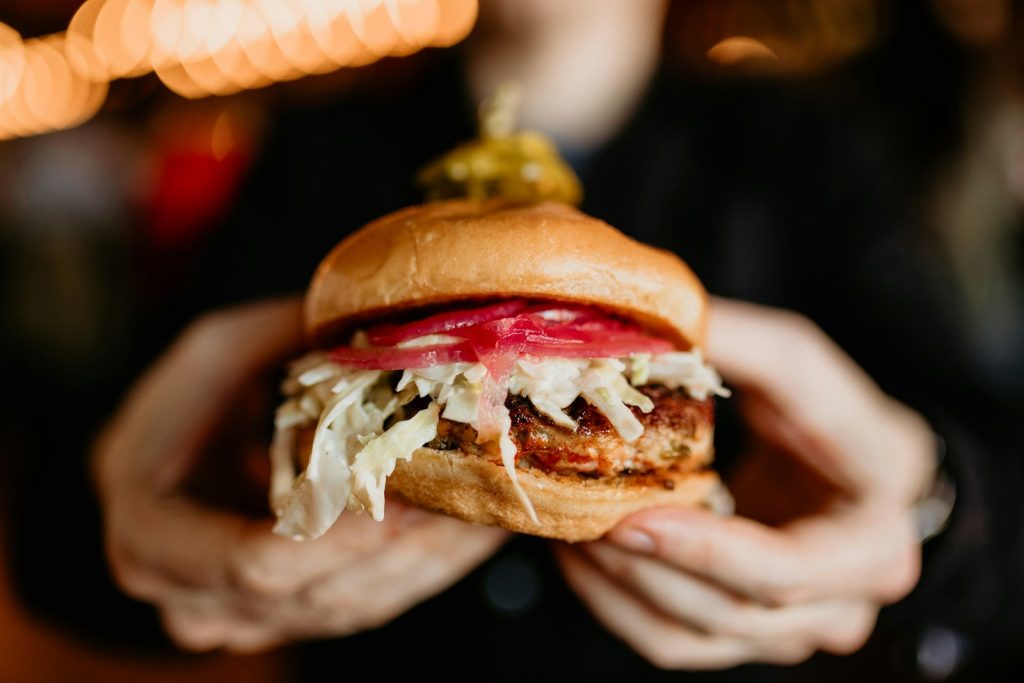When you dine out, you might think every item on the menu is worth trying. But chefs, who know food inside and out, often avoid specific dishes themselves. They have good reasons for steering clear of certain foods that might surprise you.
Understanding which foods chefs wouldn’t order can help you make smarter choices when picking your meal. Knowing what professionals avoid can save you from pricey or underwhelming dishes at restaurants.

Buffet food—too many hands and not fresh
When you hit a buffet, you might be tempted by a huge variety of dishes. But many chefs avoid buffet food because it often isn’t very fresh.
Buffet items sit out for long periods, giving plenty of chances for bacteria to grow. Plus, too many hands touch the utensils and food, increasing the risk of contamination.
Certain dishes like mayo-based salads or sushi are especially risky because they spoil quickly. If freshness matters to you, buffets might not be the best choice for those foods.
Spicy tuna rolls—often made with lower-quality fish
If you love spicy tuna rolls, you might want to think twice before ordering them at most places. Chefs say these rolls often use scrap cuts of tuna, not the best-quality fish.
This means a lot of the roll’s flavor comes from heavy seasoning rather than fresh tuna. That spicy punch might actually be hiding the fish’s true quality.
If you want a better experience, try making spicy tuna rolls at home or stick to high-end sushi spots known for fresh ingredients. This way, you can enjoy the real flavors without compromise.
Daily specials—usually leftovers dressed up
When you see daily specials on a menu, it’s easy to think they’re something special. But sometimes, they’re just leftovers getting a new name.
Chefs know this happens, especially in places with long menus and unpredictable orders. These specials might be cooked fresh but are often a way to use up extra ingredients.
If you want to try a special, look for restaurants with shorter menus or higher-end spots. They’re more likely to serve genuinely creative dishes than just leftover-based ones.
Anything from a self-serve salad bar—hygiene issues
When you grab food from a self-serve salad bar, you’re trusting others have kept things clean. But those areas can easily get contaminated if people don’t wash their hands or if utensils aren’t changed often.
High-protein items like meats, eggs, and dairy are especially risky since they spoil faster.
Also, watch out for food that’s been sitting out too long or layered with fresh items on top. These spots may not always have proper temperature control or supervision, which means bacteria can grow faster than you’d expect.
Swordfish—tends to have high mercury levels
If you’re thinking about ordering swordfish, it’s good to know it often has high mercury levels. Mercury builds up in big fish like swordfish because they eat smaller fish that already have mercury in their bodies.
This means the bigger and older the swordfish, the more mercury it might contain. Eating it once in a while is usually okay, but if you’re eating it regularly, especially if you’re pregnant or young, you might want to think twice.
Chefs often skip swordfish themselves because there are safer fish options with lower mercury levels. It’s always smart to balance taste with health concerns when choosing your seafood.
Clam chowder at non-coastal restaurants—usually bottled
If you order clam chowder away from the coast, don’t expect fresh clams or a rich broth. Most places rely on bottled clam juice to give it flavor.
That means you’re often getting a soup with a generic base and canned ingredients. It lacks the depth and freshness that coastal spots have, where local clams and homemade stocks shine.
So, if you want the real deal, it’s usually better to save your hunger for when you’re near the shore or a restaurant known for seafood. Otherwise, that chowder might just taste like warmed-up broth with a few extras.



